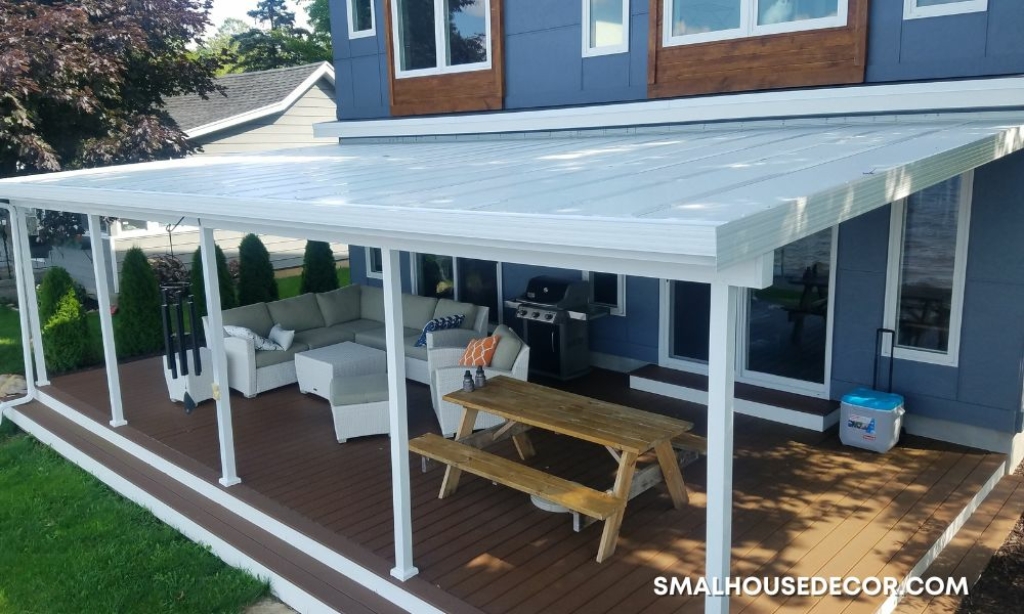Choosing the appropriate roofing system is a crucial decision in building or renovating a structure. With many options to choose from, it can be difficult to determine the best one that fits your project’s requirements.
This blog post will compare two common roofing systems: insulated panel roofing and conventional roofing. By the end, you should be able to determine which option is best suited for your project

What is Insulated Panel Roofing?
Sandwich panels or structural insulated panels (SIPs), also known as insulated panel roofing, are composed of two layers of structural board enclosing an insulating foam core. These panels offer effective thermal insulation, air tightness, and structural strength in an easy-to-install package.
In recent years, insulated panel roofing systems have become more popular because they are energy efficient, easy to install, and offer versatile design options. They are commonly used in a range of construction projects, including commercial, industrial, and residential.
What is Conventional Roofing?
Conversely, conventional roofing refers to traditional roofing systems that typically consist of a structural frame, insulation, and a weatherproof membrane. You can choose from different materials like asphalt shingles, metal, tiles, or wood shakes for this type of roofing. It requires more installation steps compared to other systems, as each layer needs to be installed individually.
Let’s discuss the factors you need to consider when deciding between insulated panel roofing and conventional roofing now that we understand what they both entail.
Energy Efficiency
One of the main reasons behind the growing popularity of insulated panel roofing is its superior energy efficiency. The continuous insulation provided by the foam core in SIPs significantly reduces heat transfer, resulting in lower energy bills for heating and cooling.
In contrast, conventional roofing systems often have gaps or thermal bridges in the insulation, which can lead to higher energy consumption. If energy efficiency is a top priority for your project, insulated panel roofing may be the better choice.
Also Read: Common Roof Problems You Should Watch Out For
Installation Time and Cost
Insulated panel roofing systems offer a faster and more straightforward installation process compared to conventional roofing. Since SIPs come as prefabricated panels, they can be quickly assembled on-site, reducing labour costs and construction time.
Conventional roofing systems, however, require multiple steps, such as installing the structural frame, insulation, and weatherproof membrane separately. This can result in increased labour costs and longer construction times. Insulated panel roofing might be the way to go if you’re working with a tight budget or timeline.
Design Flexibility
Both insulated panel roofing and conventional roofing offer design flexibility, allowing you to create a unique look for your project. Insulated panels come in various finishes, textures, and colours and can be curved or angled to create distinctive architectural features.
Similarly, conventional roofing materials like asphalt shingles, metal, tiles, or wood shakes come in different styles, colours, and textures, providing endless design possibilities. If design flexibility is essential for your project, both options can accommodate your needs.
Durability and Maintenance
When it comes to durability, both insulated panel roofing and conventional roofing have their strengths and weaknesses. Insulated panels have great structural strength and are resistant to moisture. This can prevent mould, mildew, and rot.
However, some conventional roofing materials, like metal or tiles, can outlast insulated panels in terms of lifespan, especially when properly maintained. Additionally, conventional roofing materials may be more resistant to impact damage from hail or falling debris.
Maintenance requirements for both roofing systems will vary depending on the specific materials used. In general, insulated panel roofing requires less maintenance than conventional roofing, as there are fewer components that can wear out or fail over time. However, regular inspections and proper care are still necessary to ensure optimal performance and longevity.
Environmental Impact
If you’re concerned about the environmental impact of your roofing choice, insulated panel roofing and conventional roofing have advantages and disadvantages. Insulated panels offer excellent energy efficiency, which can reduce your project’s overall carbon footprint. Additionally, many insulated panels are made from recyclable materials, further reducing waste.
Conventional roofing materials, such as metal or tiles, can also be environmentally friendly if sourced responsibly and recycled at the end of their life. However, some conventional roofing materials, like asphalt shingles, have a higher environmental impact due to their shorter lifespan and petroleum-based composition.
Which One is Right for Your Project?
Ultimately, the choice between insulated panel roofing and conventional roofing will depend on your project’s specific needs and priorities. Insulated panel roofing may be the better option if energy efficiency, ease of installation, and lower maintenance are your top concerns. However, if you prefer the durability and design flexibility traditional roofing materials offer, conventional roofing might be a more suitable choice.